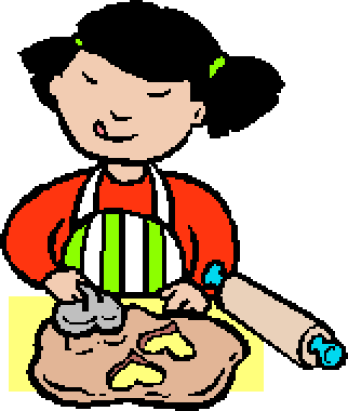
With the new school year under way some of you will have been introduced to phonics for the first time. Phonics is a very useful decoding tool used for developing reading skills and as an encoding tool for spelling.
Phonics is the simple process of linking sounds to letters, its complexity comes from how many sound (phoneme) to letter (grapheme) combinations there are. So, to be good at phonics a child needs to know the 44 sounds and numerous letter and letter combinations of English and then learn the associations between the two.
Children can communicate orally from an early age; it is when they move to the written word that they need to learn how to decode text, to turn the letters into words they already know.
Using phonics knowledge for reading entails:
- Identify the letter or letter combination, in a word, that represent a sound
- Associate the letter or letter combination to one of the 44 sounds
- Blend each of the sounds together to form the word
- Recognise the now oral word to extract its meaning
The theory supporting the teaching of reading using phonics, especially synthetic phonics, is that if a child can decode a word by associating individual sounds to a letter or combination of letters they will then be able to blend those sounds together to form and say the word.
Once a word has been spoken they will extract its meaning by using their far more extensive spoken language comprehension. Children are therefore using the same mental processes to understand written text and speech.
 After the long school summer holiday it is always good to take some time to check your child has not slipped back.
After the long school summer holiday it is always good to take some time to check your child has not slipped back.

